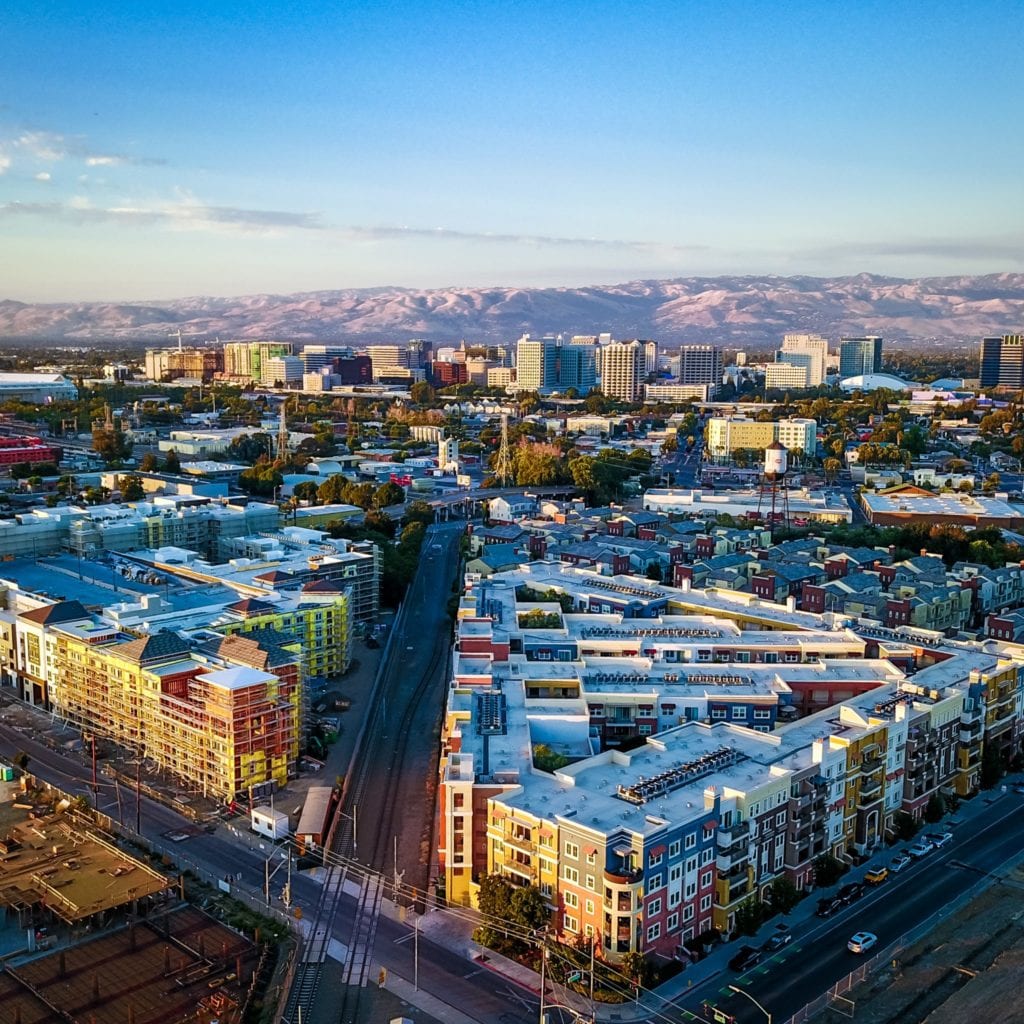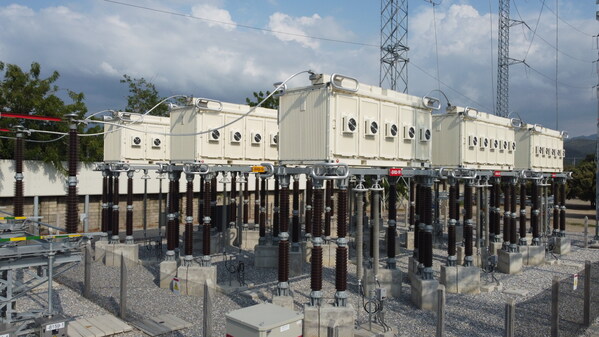A new agreement between San Jose and PG&E is the latest in a string of moves by the California utility, aimed at supporting data centers’ power needs
In sum — what to know:
Power partners – The agreement between the city of San Jose and PG&E is the first of its kind, and introduces 2,000 megawatts of new transmission capacity.
Speed and certainty – The partners want to attract data center development and make San Jose a major data center hub by removing uncertainty around grid connection and capacity.
Golden State of mind – Utility PG&E is working on 18 new data center projects across the state that are in the final phase of engineering and expected to come online between 2026-2030.
In the heart of Silicon Valley, San Jose, California wants more than just tech HQs. It wants the data centers, too. So the city is working with utility PG&E to supercharge its grid, adding about 2,000 megawatts (MW) of transmission capacity via two new high-power lines by 2028, to support new data centers under development. It’s part of San Jose’s bid to become Silicon Valley’s — and the West Coast’s — server center.
Amid data center power usage that is exploding, particularly with power-intensive artificial intelligence workloads, connecting to the local grid is one of the biggest bottlenecks for data center development.
San Jose indicated that the new agreement with Pacific Gas and Electric (PG&E) is the first of its kind between the utility and a municipality in its service area, and positions San Jose as “the most power-ready city in California and the West Coast’s premier destination for data center development” by guaranteeing speed and certainty of power delivery for data center customers.
PG&E currently already has requests for nearly 2,000 megawatts of energy demand from new data centers in the San Jose area. “This agreement ensures PG&E is ready to deliver local infrastructure upgrades to meet that demand – with clear performance milestones and timelines for PG&E to deliver power to large-energy customers,” the city said in a release.
“This agreement with PG&E represents a transformative moment for San José,” said San Jose City Manager Jennifer Maguire. “By securing binding commitments for power delivery and leveraging the incoming 2,000 megawatts of new transmission capacity, we’re not just attracting data centers — we’re building the digital backbone that will sustain Silicon Valley’s leadership in innovation for decades to come. This agreement ensures our residents benefit through job creation, workforce development, and significant revenue that will support essential city services.”

In its bid to be a major data center hub, San Jose is also emphasizing its proximity to a high concentration of tech companies. It says it is within 25 miles of more than 40 Fortune 500 tech headquarters, has regional presence from eight of the top 10 global cloud providers, a high concentration of data center and IT professionals and “ready access to tech R&D spending” — and potentially, a lot of concentrated interest in the low latency and high performance that would come from having locally available, high-speed computing capacity.
PG&E and San Jose are also eager to serve up clean energy to those data centers and help companies meet their environmental goals. PG&E boasts of being able to offer “some of the cleanest electricity in the United States.” While some geographies are saying no to data centers, San Jose is touting “comprehensive advantages for data center development”: Options for up to 100% renewable energy, a program offers recycled water cheaper than drinking water, and land costs that are “lower than comparable Bay Area markets”.
“San José isn’t just the heart of Silicon Valley — we’re the launchpad for what’s next,” said Mayor Matt Mahan. “This landmark agreement will enable us to continue to lead the AI revolution by increasing grid capacity, reliability, and efficiency. And with clear performance measures built into the agreement, we’re holding ourselves and PG&E accountable — making sure businesses get the power they need, when they need it. The message is clear: San José is ready to deliver.”
Of course, the city also has financial incentives: When the planned data centers in San Jose are fully operational, they will add “significant annual revenue” to the city’s coffers. Individual projects will contribute between $3.4-$6.8 million in utility and property taxes each year, according to the city.
PG&E working on data center power projects beyond San Jose
The agreement with San Jose is just part of PG&E’s focus on meeting data center needs across the state of California. The utility is working on 18 new data center projects that are in the final phase of engineering, which represent power demand of about 1.4 GW and will come online between 2026 and 2030. Most of them are in Silicon Valley and the San Fransisco Bay Area, according to PG&E, but there are also some locations scattered across the Sacramento area and California’s Central Valley.
Meanwhile, PG&E said recently that it is already seeing a “huge jump in the amount of electricity needed for new data centers.” Data centers are expected to need about 8.7 GW of electricity over the coming decade, up from about 5.5 GW at the end of last year, the utility company said. PG&E has been studying the data center power needs, starting with San Jose last year and expanding a follow-up study to the rest of its service area in northern and central California. Since April, the company said, it also received 21 additional data center applications totaling 4.1 GW of power demand through a follow-up cluster study.
While some parts of the country are expecting to see utility prices increase, including for residential customers, because of power-hungry data centers, PG&E is framing the data center demand as “good news for all PG&E customers.”
It estimates that for every 1 GW of new demand from data centers, its electric customers could save 1-2% on their month bills “in the long term.”

“When new data center load comes onto the system, those large customers assume a larger share of the fixed costs of operating and maintaining the grid, which lowers rates for all customers,” the company said.
“What differentiates the opportunity for data centers in California is a diversified set of customers and projects, excess clean power supply, and a regulatory approach which ensures that our existing residential customers will save money,” said Mike Medeiros, VP of South Bay Delivery at PG&E.
PG&E is also putting in smarter utility infrastructure upgrades to help meet immediate power needs, while those new transmission lines are still a couple of years away. In May, the company said that it is in the process of installing advanced power flow controls from a company called Smart Wires, at a substation at the edge of the South Bay which is near data centers under development. That project is expected to be completed late this year and boost the substation’s capacity by more than 100 MW.
Smart Wires’ tech “dynamically redirect[s] power from overloaded to underutilized lines. This approach addresses current capacity constraints and optimizes existing infrastructure for the massive energy needs of data centers,” according to Joanna Lohkamp, CEO of Smart Wires. That active line management is able to reduce heat overloads in order to increase existing lines’ power delivery capabilities.
PG&E is also looking to explore more new ideas at an “innovation pitch fest” in September, with up to $25 million in funding available this year. It is looking for innovations in areas including meeting the increasing energy needs of AI data centers, and using AI internally to improve factors like safety, affordability, reliability and customer service.

